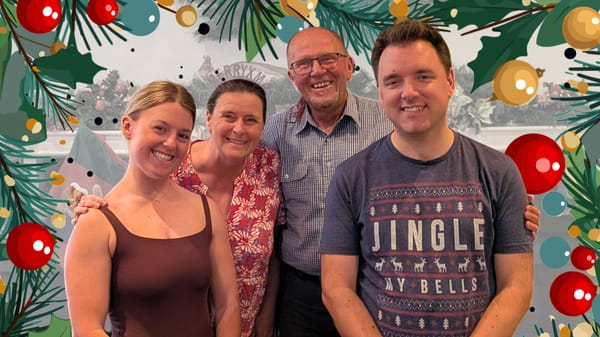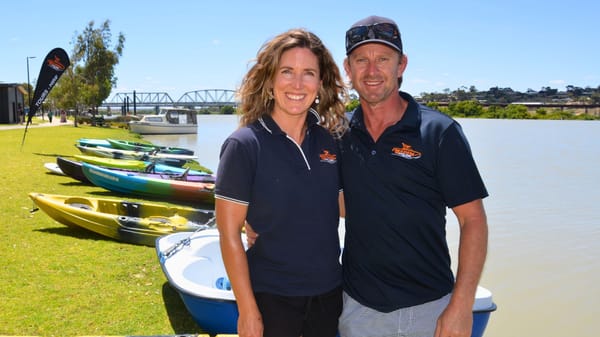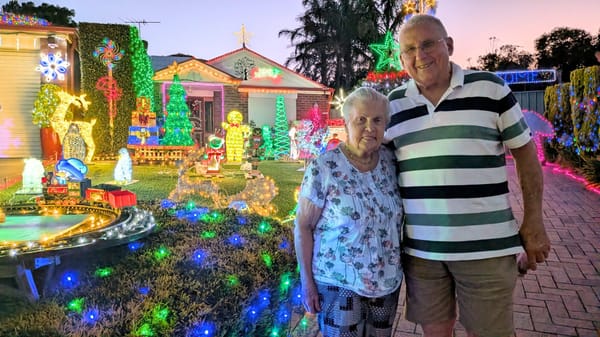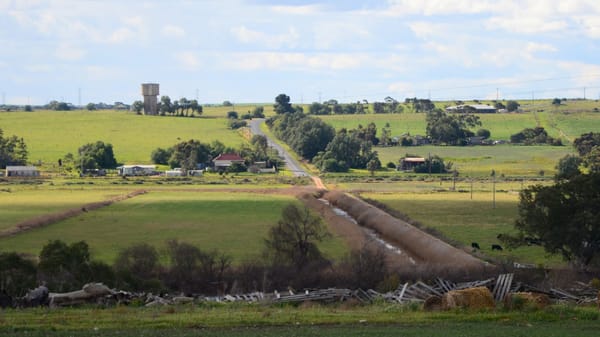How to save a life: St John's Ambulance volunteers share vital tips
Remember 'DRSABCD', Bob Menadue and Chris Butcher tell members of the Murray Bridge Garden and Floral Art Club.
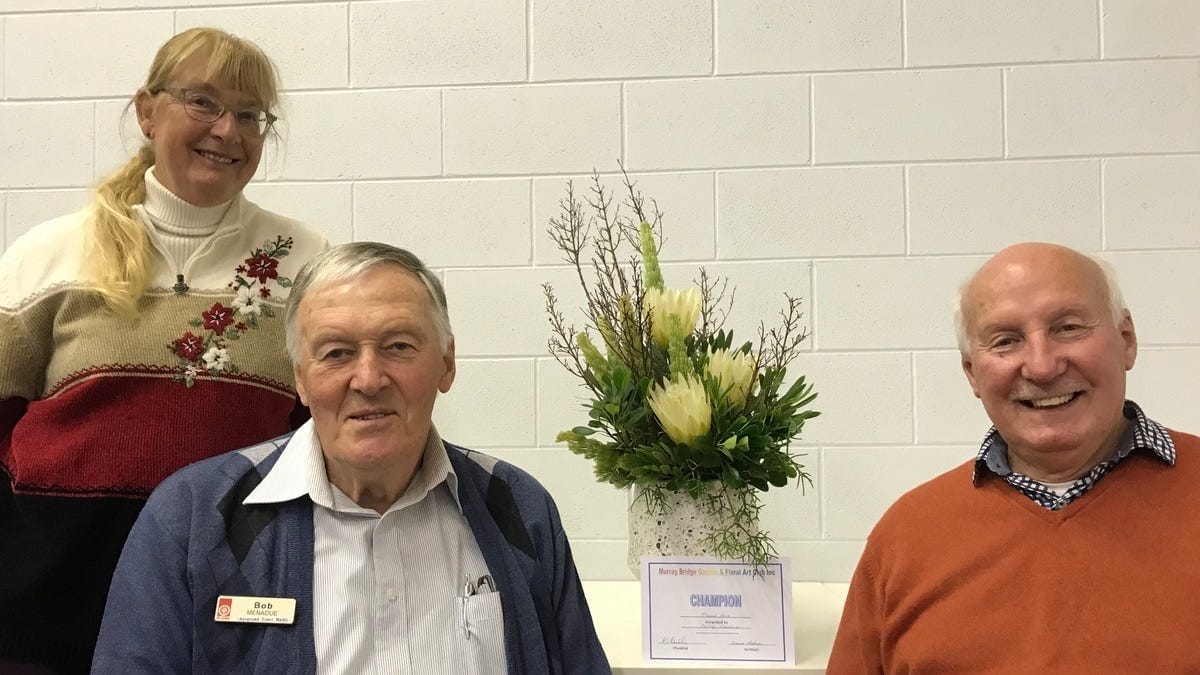
This post was contributed by Peter Crowley of the Murray Bridge Garden and Floral Art Club.

Murray Bridge Garden and Floral Art Club members have been treated to an informative address by life member Chris Butcher and Bob Menadue, both locals, at their June meeting.
Their address centred on first aid procedures.
Both Mrs Butcher and Mr Menadue have been active members of St John Ambulance for many years and are familiar faces at community events in the Murraylands.
The Order of St John had its beginnings way back in the days of the Crusades, when the Knights Hospitaller provided care for the sick and wounded.
In 1877, St John Ambulance was established in England, with uniformed brigades of volunteers teaching and providing first aid to members of the public.
Just over a decade later, the Order of St John was granted a royal order of chivalry by Queen Victoria.
From there St John Ambulance came to South Australia in 1885.
Since then, the organisation has evolved from its first aid origins to establishing the state ambulance service in 1951.
It later transitioned the service over to SA Ambulance Service in 1992 so that St John could once again focus on first aid provision, social inclusion and youth development.
St John Ambulance SA is a self-funded charity that cares for the wellbeing of all South Australians through the provision of first aid at events; first aid training and products; youth development; and social inclusion programs.
“It is really essential that we all have some basic first aid skills in order to be first responders at home in the event of an unforeseen medical episode,” Mr Menadue said.
“St John Ambulance recommends the DRSABCD steps in undergoing first aid.”
- D is for danger. Always check whether there is any danger to you, any bystander or the injured or ill person. Never put yourself in danger when going to the assistance of another person.
- R stands for response. Is the person conscious? Do they respond to you when you talk to them, touch their hand or squeeze their shoulder?”
- S: send for help by calling 000 and requesting an ambulance.
- A is for airway. Is the person’s airway clear?
- B – is the person breathing? If not, one proceeds to…
- C for CPR. Apply 30 compressions and two breaths approximately five times over two minutes until you hand over to the ambulance officers or another trained person, or until the person you are resuscitating responds. Finally…
- D is for defibrillator. For unconscious adults who are still not breathing, apply an automated external defibrillator (AED) if one is available. They are available in many public places, clubs and organisations. The devices are very simple to operate. Just follow the instructions on the machine, and on the package of the pads, as well as the voice prompts.
“If you follow these basic steps, then you will go a long way to saving a person’s life,” Mr Menadue said.
You can help keep local stories like this one free for everyone to read. Subscribe to Murray Bridge News today and support your independent, locally owned news service, plus get access to exclusive stories you won’t find anywhere else, for just $5.50 a month.

